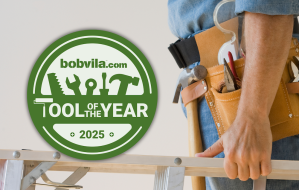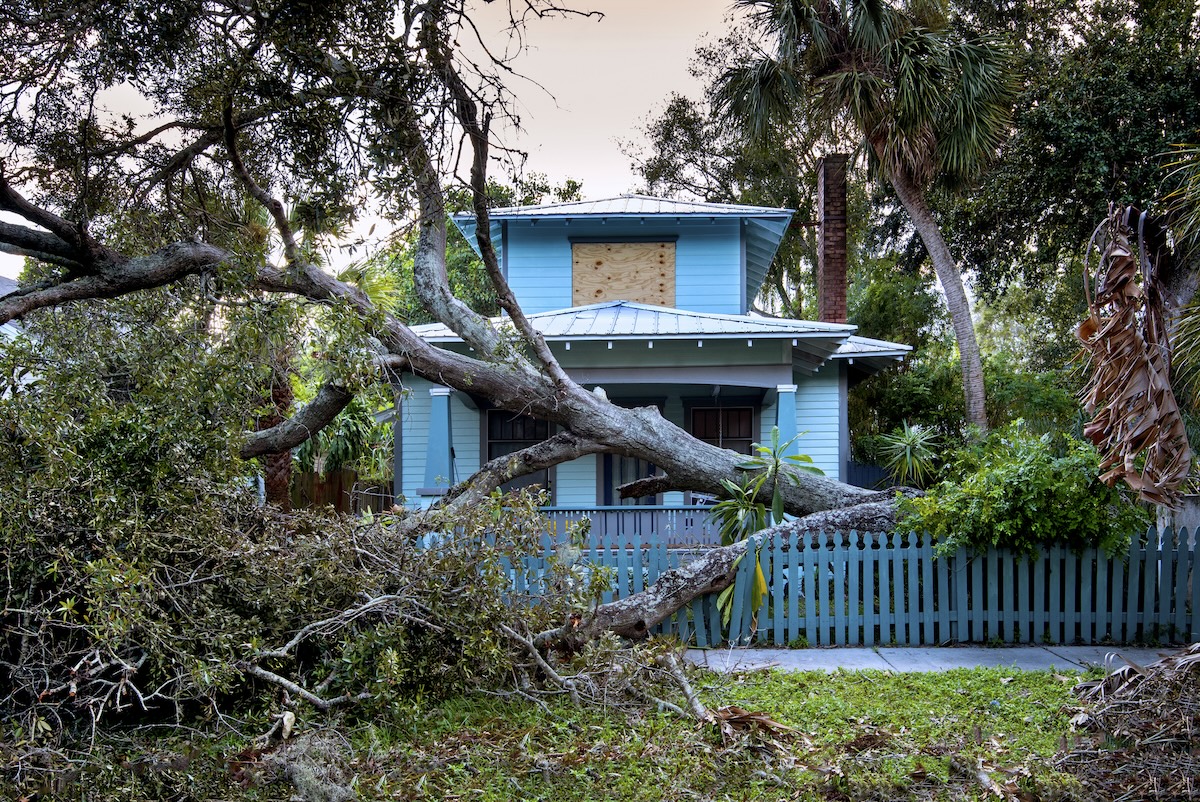

We may earn revenue from the products available on this page and participate in affiliate programs. Learn More ›
The latest forecast for the 2025 hurricane season, which runs from June through November, predicts an “above-normal” season, which means we should expect between 13 and 19 storms in the Atlantic Basin that are large enough to be named hurricanes. Six to 10 of those are expected to hit hurricane strength (upward of 74 mph) and, of those, three to five are predicted to be major hurricanes (Category 3 or stronger, with winds of 111 mph and higher).
By comparison, in 2024, which was also predicted to be an above-normal season, the Atlantic Basin experienced 18 named storms. Eleven of these reached hurricane strength, with five classified as Category 3 or greater. Of the five hurricanes that made landfall in the continental U.S., two, Helene and Milton, made landfall as major hurricanes.
Hurricanes are measured on the Saffir-Simpson Hurricane Wind Scale, which rates a hurricane’s wind speed on a 1 to 5 scale. The higher the number, the stronger the winds. While this measurement doesn’t take into account hurricane hazards such as storm surge and rainfall flooding, it does correlate the strength of a hurricane’s winds with the expected property damage. So, a Category 1 storm might snap tree branches and damage roofs, shingles, and siding, while a Category 3 storm would be expected to uproot trees, knock out electricity, and remove parts of the roof.
While nothing can eliminate the dangers of strong winds and driving rain, being prepared can reduce the risk of damage to your home in the event of a hurricane. To get ready for hurricane season, review the guide below and start taking action now.
1. Start advance preparations now.
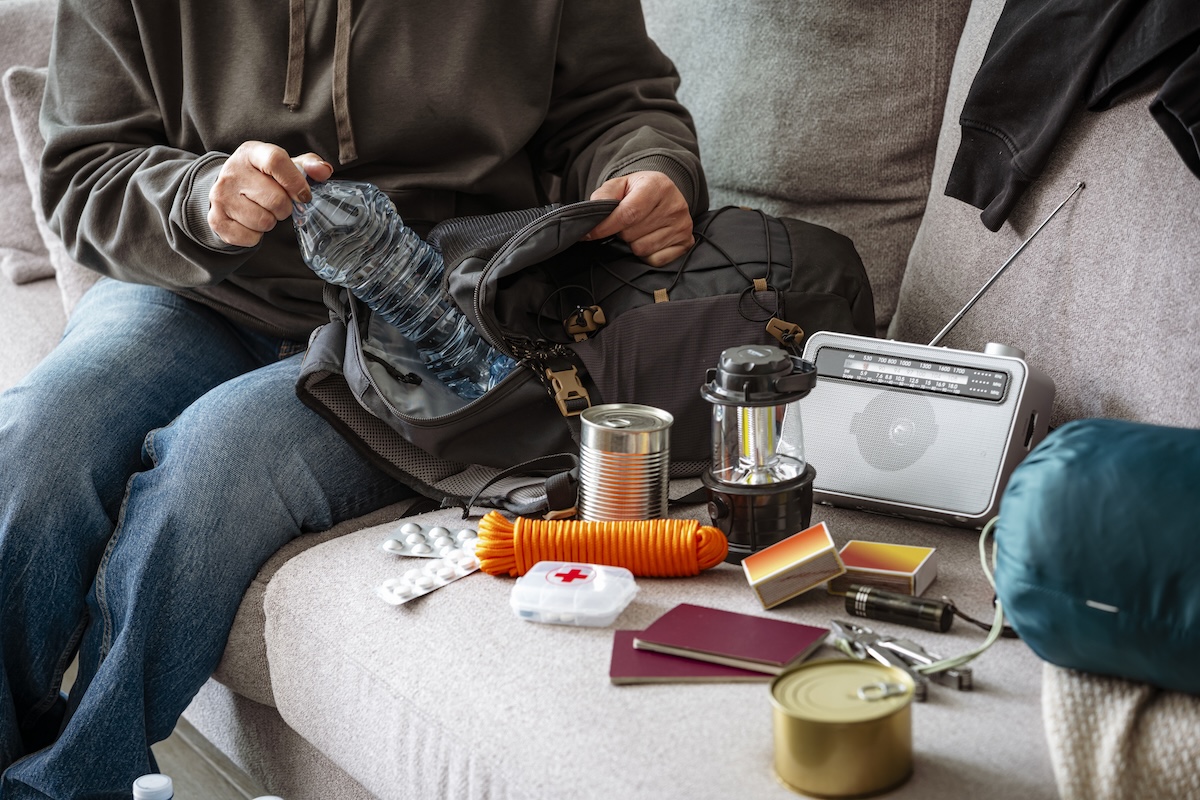
Don’t wait until a hurricane is bearing down on you. Get your readiness plan in order before the season starts in earnest.
- Assemble a disaster preparedness kit. You’ll want to include a working flashlight, batteries, chargers, a whistle, first aid supplies, medications, cash, extra clothing, and copies of critical information that you’ll need if you have to evacuate (passports, emergency contacts, and insurance information). Don’t forget a supply of nonperishable food items, including energy bars, jerky, bottled juices, and powdered milk. If you have pets, include several days’ worth of food and some bowls. And if you have young kids, pack a few small, novel toys, books, and other distractions.
- Make a home inventory. As Shannon Allen, director of commercial operations at Rainbow Restoration, a Neighborly company, advises, “A detailed home inventory (photos, videos, and item descriptions) can simplify insurance claims.” If you’ve been putting this off, now’s the time to do it. Keep a copy with your disaster preparedness kit.
- Determine where you’ll go if you’re evacuated. During an emergency, your local government will direct you to hurricane evacuation routes and emergency shelters. But it’s smart to have an inland destination in mind, especially if you live in a hurricane flood zone. If you’re traveling with animals, note that shelters generally allow only service animals, so research pet-friendly hotels ahead of time, or make plans to stay with (or lodge pets with) friends or family if you’re evacuated.
- Establish an emergency communications plan. If you’re not already signed up for your city’s or state’s emergency alert system, take care of that ASAP. (Search online to find out how to sign up for alerts in your area.) During an emergency, phone lines may be overloaded, so plan on communicating via text. You may want to purchase a battery-powered or hand-crank radio and keep it tuned to NOAA Weather Radio.
- Keep supplies of food, water, and other essentials on hand. If you aren’t evacuated, or if downed trees or flooding prevent you from leaving, you’ll need to shelter in place. You may be stuck for several days without power or access to clean water. Before the storm, fill plastic bottles with clean water for drinking, then plug and fill bathtubs and sinks with water for flushing the toilet or washing. If you own a portable generator, be sure you have a supply of gasoline or propane to fuel it. Top off the car’s gas tank and fill any spare gas cans so you’ll have extra fuel.
2. Get your home hurricane-ready.
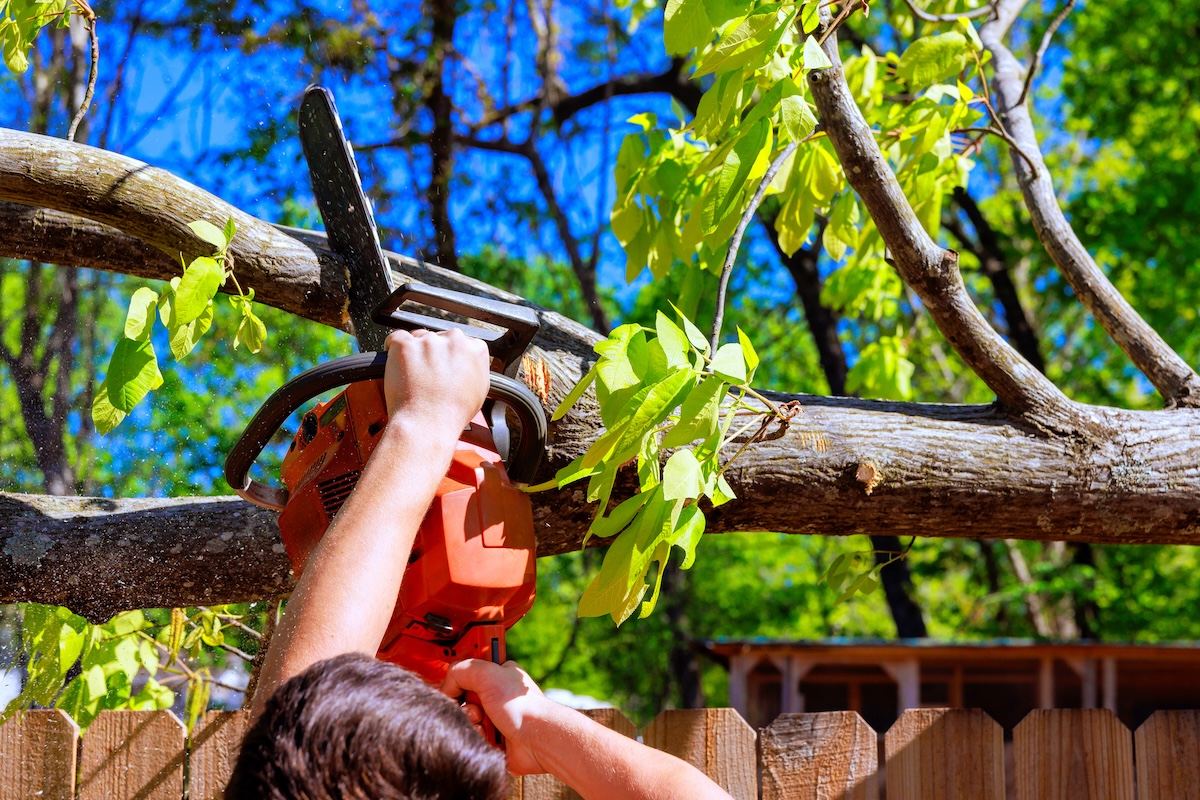
Take care of these tasks at the beginning of the season, long before a hurricane approaches.
- Trim or remove any damaged trees or limbs. If possible, prune tree limbs that overhang the roof or scrape along the sides of your house.
- Inspect gutters and downspouts. Secure any loose components and then clear gutters to ensure that water will be directed away from the house.
- Check and replace any damaged window glass, roof shingles, or siding. Consider installing hurricane-resistant features, especially if you live in a storm-prone region. Allen, of Rainbow Restoration, suggests investing in “impact windows, roll-down or accordion shutters, garage door braces, and roof clips.” If you don’t have storm shutters, you can board up your windows with plywood. Precut the plywood to fit your windows, and store them in an easily accessible location so they’re ready to go.
Websites and Apps to Bookmark and Download Now
Apps
- The Red Cross Emergency app provides info on disaster preparedness as well as weather alerts and maps showing open shelters.
- The FEMA app helps you plan for disasters, get real-time weather alerts, and connect with FEMA resources.
- The Red Cross First Aid app offers expert advice for common first aid issues
Websites
- National Hurricane Center: The go-to place for hurricane forecasts and advisories.
- NOAA’s Coastal Inundation Dashboard: Provides real-time water levels at coastal locations throughout the U.S.
- ASPCA Disaster Preparedness: Offers steps to take to keep pets safe, whether you’re sheltering in place or evacuating.
3. Take care of last-minute safety measures as the hurricane approaches.
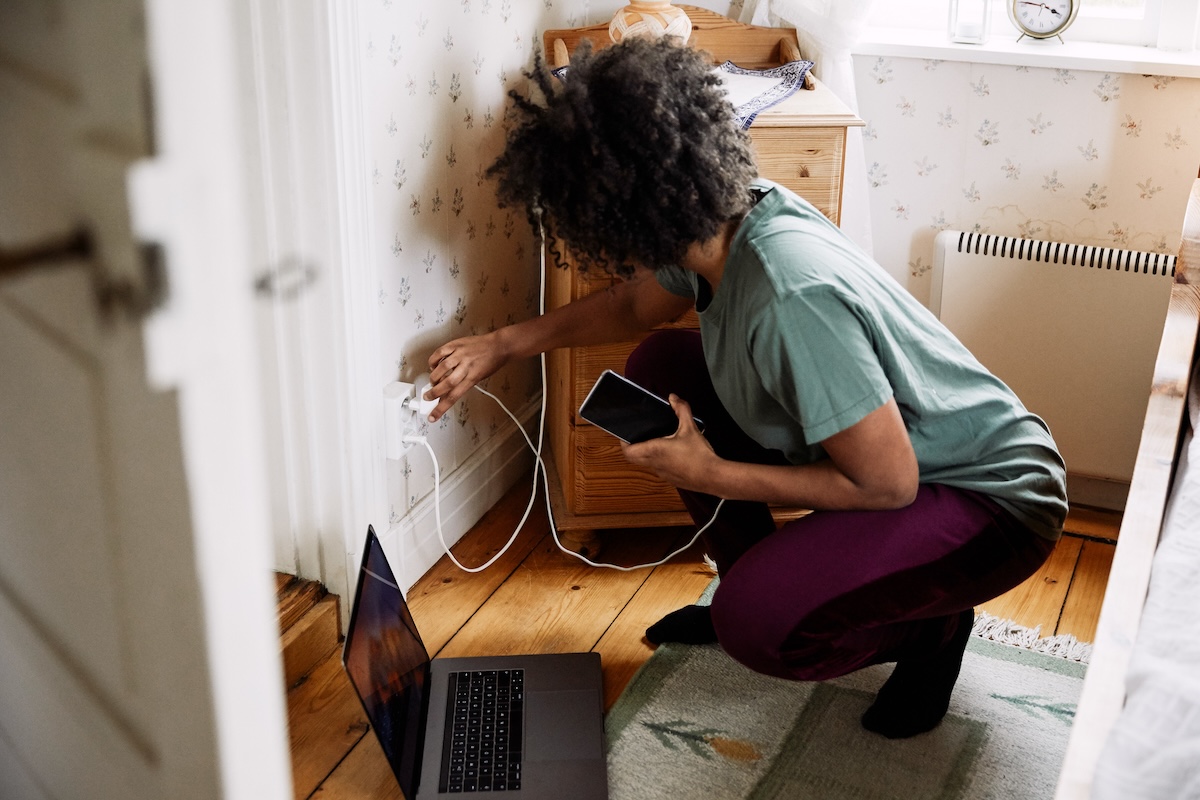
- Bring loose objects inside. Don’t let your patio furniture, garbage cans, toys, garden tools, and hanging planters become projectiles in high winds. Tie down or anchor any objects can’t be brought inside, including propane tanks and power equipment.
- Charge cell phones and prepare electric appliances. Turn the refrigerator and freezer to the coldest settings, and avoid opening the doors to prevent food from spoiling. Move furniture and valuables to higher floors of your home if you live in an area where flooding is likely. Unplug small appliances, computers, and electronic equipment to reduce the risk of damage from power surges.
4. Continue to monitor the storm and stay indoors during and after the hurricane.
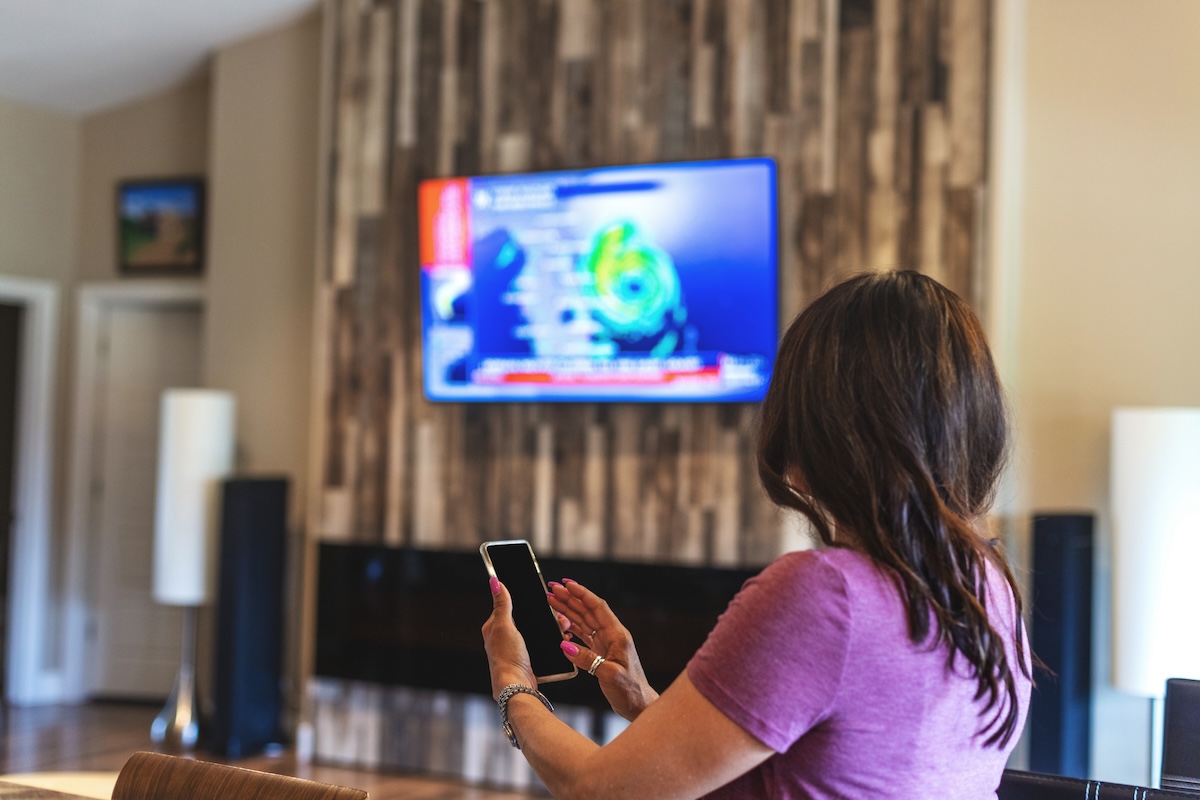
- Turn on your television or radio, or check local emergency alert info online or via apps every 30 minutes to get the latest weather updates and emergency instructions.
- Follow any orders from local municipalities, whether you’re told to evacuate or remain in your home.
- Keep in contact with family, friends, and neighbors via text or social media.
- Stay away from the windows, even if they’re shuttered, to avoid flying glass if the windows break.
- If winds become very strong, shelter in a small interior room, like a bathroom or closet, on the first floor of the house, away from windows. Keep items from your preparedness kit nearby, including the flashlight, batteries, water, food, whistle, and first aid supplies.
- If you do evacuate or need to leave your house for any reason, watch out for debris and downed power lines. Avoid walking or driving through flood waters, which may be electrically charged from underground or downed power lines.
- High water may hide dangerous debris, sharp objects, or unexpected holes, and could contain sewage or dangerous animals. Remember: Just 6 inches of fast-flowing water can knock you over, and 2 feet can float a car.
- If you are caught in a car on a flooded road with rapidly rising waters, get out quickly and move to higher ground.
- Don’t walk on beaches or riverbanks, which may be compromised due to erosion.
For more information, check out the hurricane-preparedness site at Ready.gov or download a hurricane safety checklist from the Red Cross.
